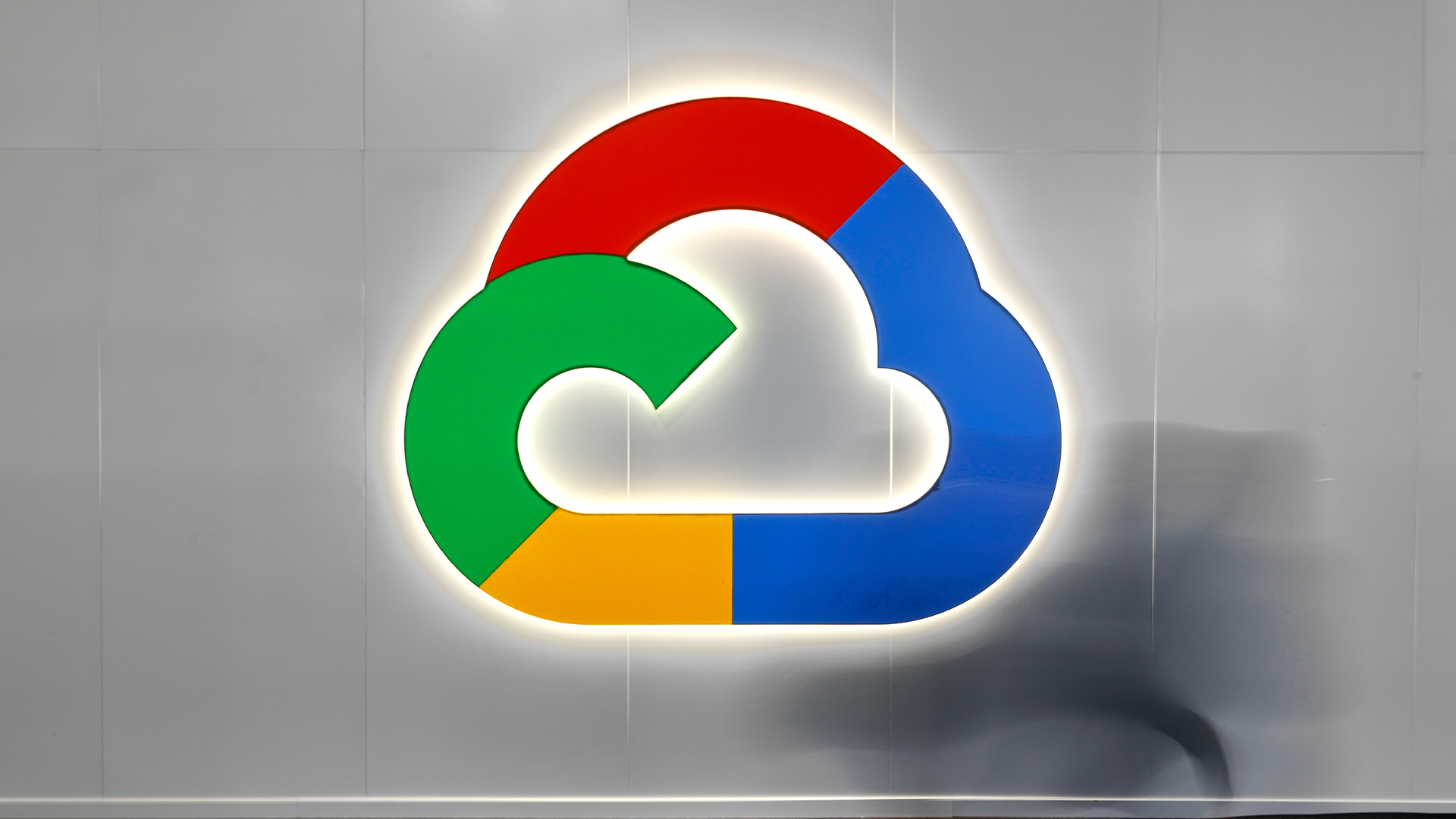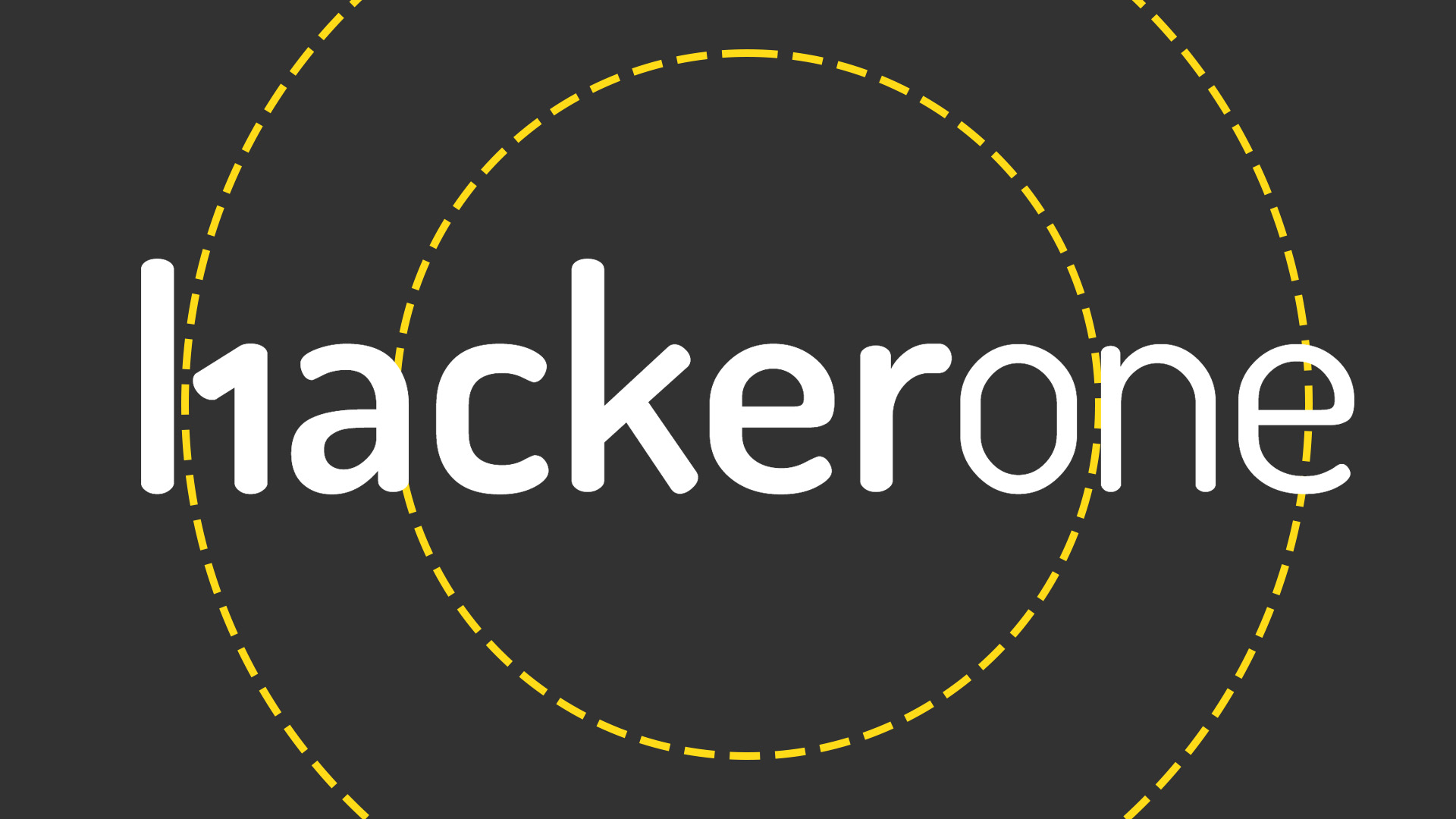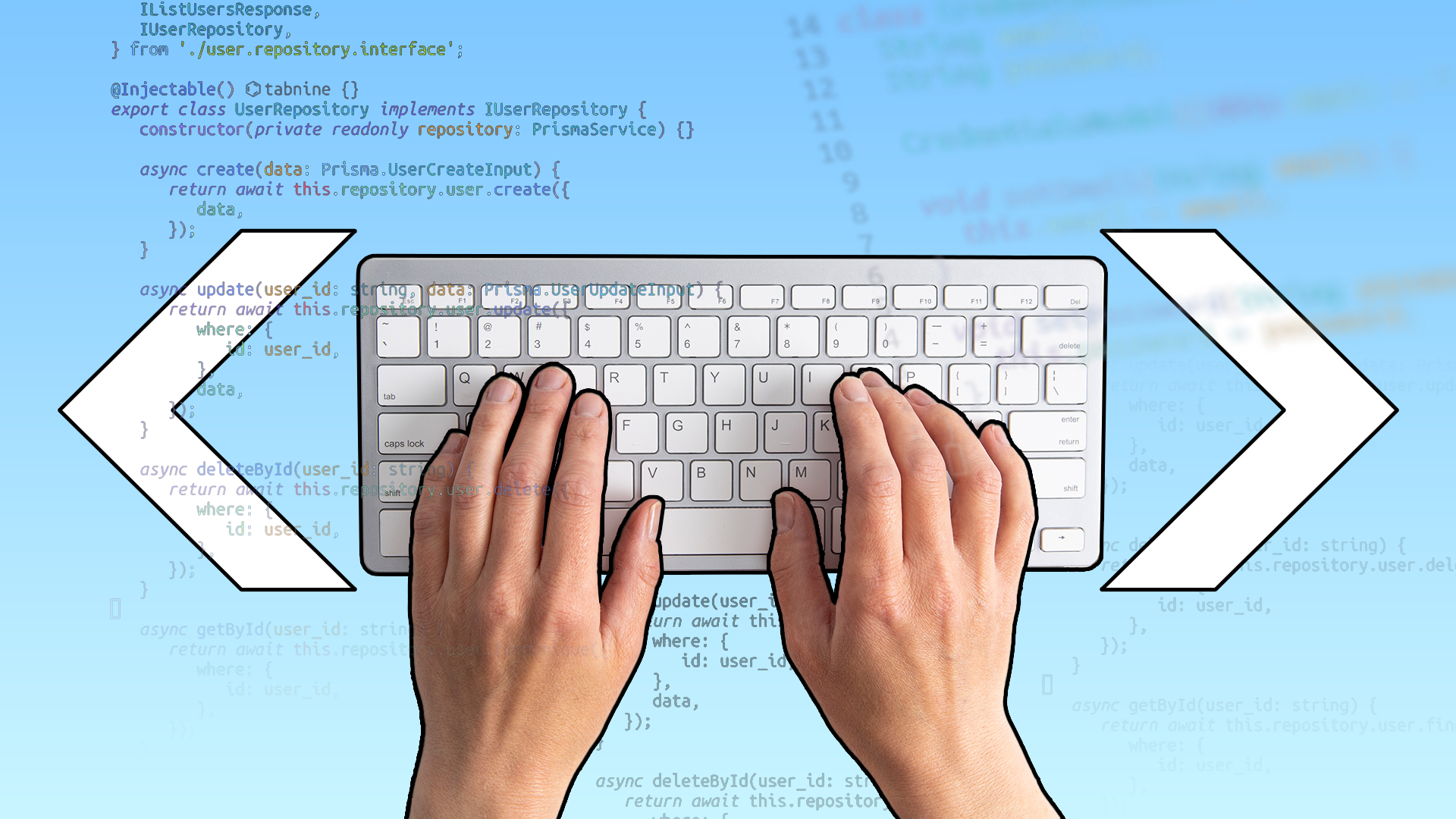
Learning to program is a difficult skill. If you’ve ever opened a tutorial and thought, “I have no idea what’s going on,” you’re not alone. With a few smart choices and the right strategies, you can make your learning journey smoother and even enjoyable.
Start With a Beginner-Friendly Language
One of the reasons many people find programming hard at first is that the language they choose doesn’t have a beginner-friendly syntax. I started my programming journey with the C programming language. In case you haven’t used it, it’s not exactly the most forgiving language for beginners. Although I managed to push through (with struggle, of course,) I’ve seen many others give up because the complex syntax got in the way of their learning.
If that’s you, consider starting with a language that doesn’t feel cryptic. It will smooth your learning curve and let you focus on what’s important: how to think like a programmer. Once you’ve got the foundational concepts down, switching to other languages becomes much easier.
Python is a great choice to start with. Its syntax is clean and readable, almost like writing plain English. This makes it easier to grasp programming concepts without the noise of complex syntax. Other good options include JavaScript (especially if you’re interested in web development) or even Scratch, a visual programming language that’s ideal for absolute beginners.
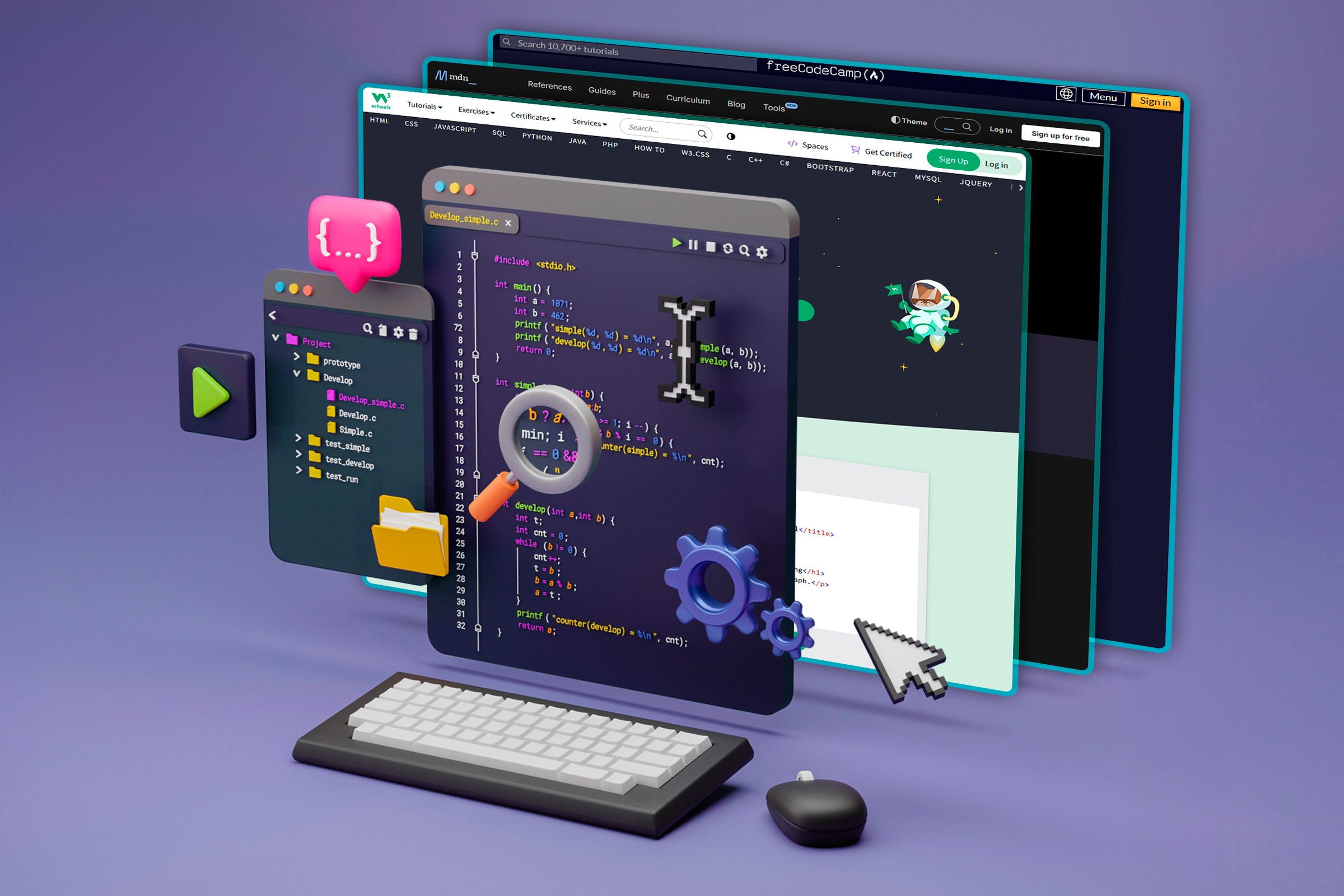
Related
7 Helpful Sites Beginner Web Developers Ought to Know
Planning on learning web development? These seven sites should be on your go-to list of resources.
Follow a Structured Learning Path
When you’re just starting out with programming, one of the biggest challenges isn’t writing code. It’s knowing what to learn and when. I’ve met so many beginners who start with enthusiasm, only to lose momentum because they’re bouncing between tutorials, blog posts, YouTube videos, and Reddit threads.
I get it. It feels like big progress. But without direction, it’s easy to feel lost. I’ve tried the “DIY curriculum” approach myself, stitching together random resources in hopes they’d eventually click. Sometimes they did. But more often, I was overwhelmed, skipping foundational topics or jumping into advanced ones too soon.
That’s why a structured learning path can make a world of difference. Rather than guessing the next step, you follow a well-laid-out roadmap that builds concepts layer by layer. Moreover, these are proven paths that other successful programmers have already taken.
If you’re the type who benefits from that kind of structure, there are some fantastic resources to help. Roadmap.sh is a great visual guide. It shows you what topics to cover in a logical order for different paths, like frontend, backend, or DevOps. It even links to free resources for each topic. For more hands-on, interactive learning, try platforms like freeCodeCamp, Codecademy, or affordable options on Udemy. These sites offer step-by-step lessons and projects that build your skills progressively.
Use Fun and Interactive Learning Resources
Let’s face it. Reading walls of technical documentation or staring at static code examples isn’t everyone’s idea of a good time. Some people do manage to go through them, but for many beginners, that kind of learning feels slow, confusing, and downright dull. And if something feels boring and hard, chances are you’re not going to stick with it for long.
But here’s the good news. Learning programming doesn’t have to be a grind. There are tons of interactive, visual, and even gamified resources out there that can make the process a lot more enjoyable and more effective. Whether you’re someone who learns best through videos, hands-on practice, or games, there’s something out there for you.
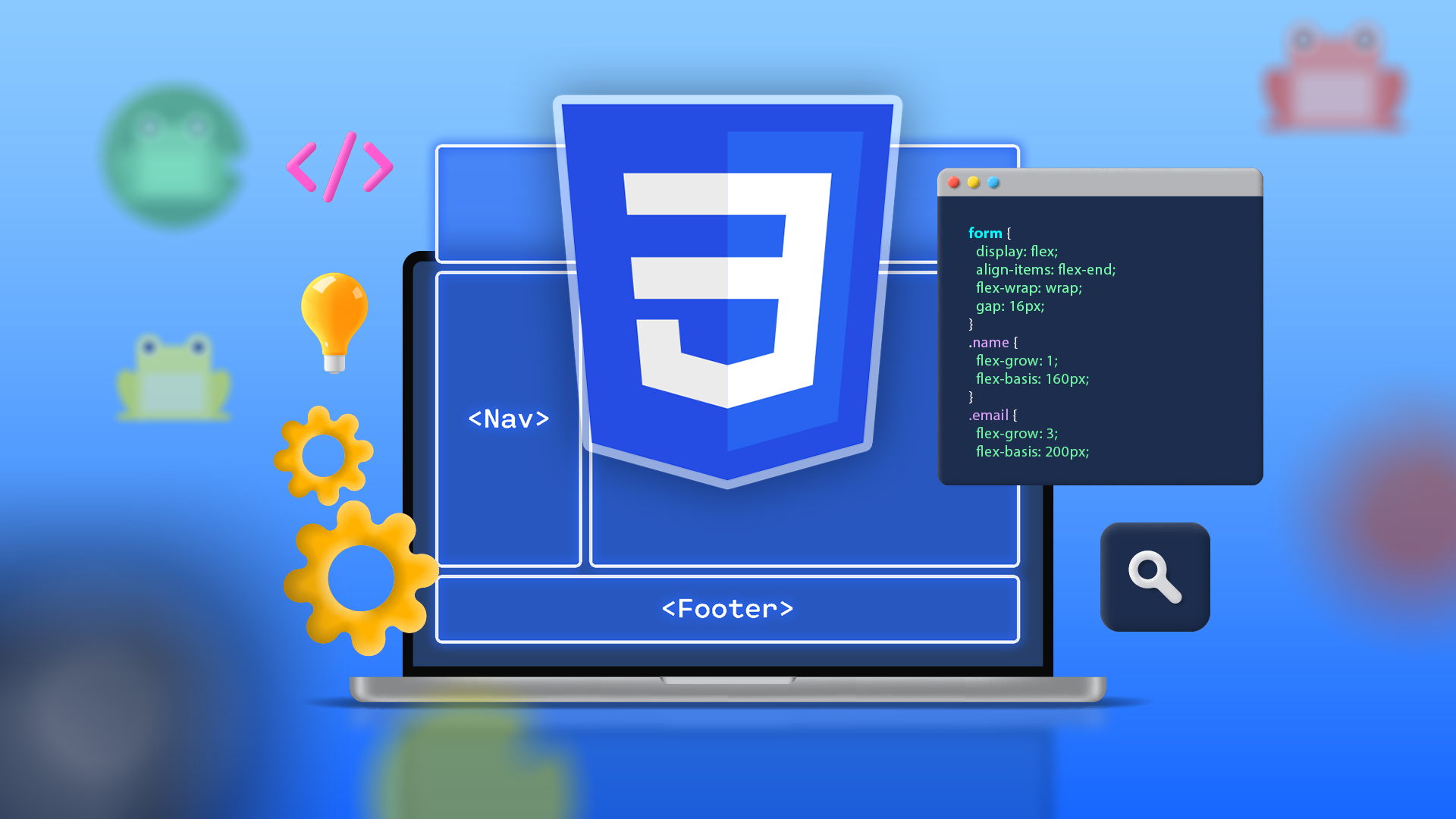
Related
6 Great Resources to Learn Modern CSS Layout
Style it out.
For example, Scrimba offers a unique way to learn through interactive screencasts. You can pause the instructor and edit the code directly in the video player. CodeCombat and CheckiO turn coding into a game where you solve challenges by writing real code. Exercism.org gives you practical, bite-sized problems and personalized feedback from mentors.
The point is, you don’t have to stick to dry textbooks or dense tutorials. Mix it up. Try out different formats until you find what clicks.
Create Small Projects
For a lot of new programmers, the biggest hurdle isn’t the learning, it’s the doing. Reading tutorials and solving exercises is one thing. But when it’s time to build an actual project? Suddenly, you feel burdened. Where do you even start? What if you can’t finish it? Should you be creating a full-stack app with user authentication and a fancy UI from day one?
Here’s the truth. You don’t need to build anything massive to make meaningful progress. In fact, small projects are often the most effective way to complement what you’ve learned. A project doesn’t need to be flashy or complex to be valuable. It just needs to give you a chance to apply what you know and solve a real problem. You can create a small and meaningful project even in under 100 lines of code.
Think small and focused. A simple expense tracker, a to-do list app, a recipe manager app, or maybe a quiz app. These might sound basic, but each one gives you a chance to practice key concepts like variables, conditionals, functions, loops, and user input. Additionally, once you complete one, you’ll receive a significant boost in confidence and motivation to continue.
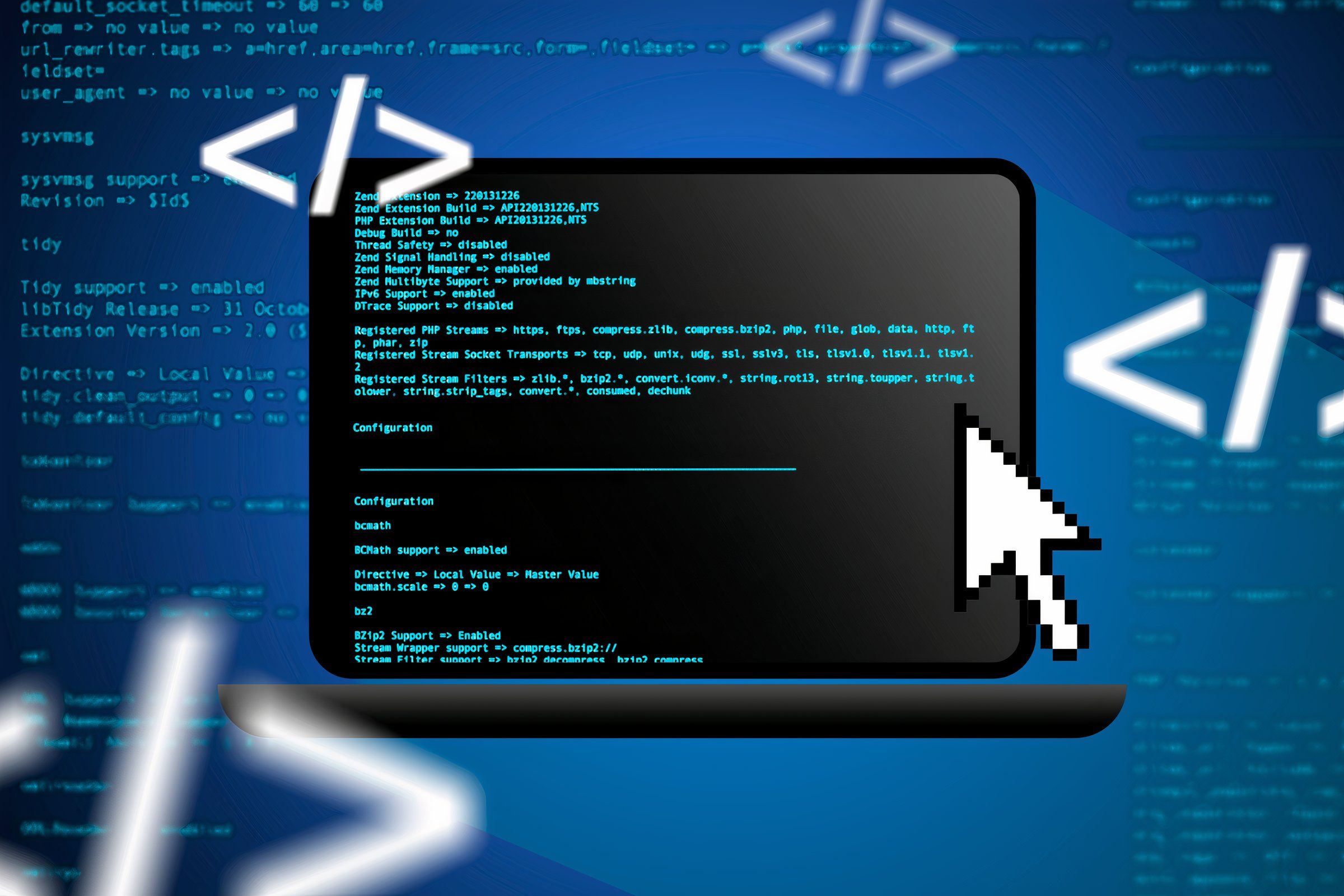
Related
5 Things I Wish I Knew When I First Learned Programming
Don’t make the same mistakes.
If you’re looking for project ideas, just go to your favorite search engine and search for “Beginner project ideas in X language.” On another note, some platforms offer project-based learning, meaning you learn different key coding concepts by building projects. Frontend Mentor (great for UI-based challenges), DevProjects by Codementor, CodeCrafters are some great places to get ideas.
Get Some Programming Buddies
There’s a saying that even boring tasks become fun when you do them with someone else. Learning to code is no exception. Know someone in your circle who’s also interested in coding? That’s a great opportunity! Learning together, even informally, can make the process feel less daunting and a lot more enjoyable.
Having a buddy or a group to learn with brings a lot of benefits. When you get stuck on a bug or a tricky concept, you have someone to talk it through with. Sometimes, just explaining a problem out loud helps you understand it better. And when it’s the other way around and you’re the one doing the explaining, you’ll reinforce your own knowledge in the process.
But beyond just problem-solving, learning with others keeps you motivated. You’re more likely to stick with something when you’re part of a community, even a small one. You can swap project ideas, share wins and struggles, review each other’s code, or take on challenges together.
If you don’t know anyone personally who’s into programming, don’t worry. There are plenty of online communities you can join. Platforms like freeCodeCamp Forum, r/learnprogramming on Reddit, The Odin Project Discord, and CodeNewbie are all filled with beginners and mentors eager to help and connect.
Learning to program is a journey, not a race. You’re going to make mistakes, feel stuck, and have moments where you question whether you’re cut out for it. That’s normal. But with the right mindset and by following the right path, you can make the process much more manageable. Soon you’ll become a better programmer.
Source link





